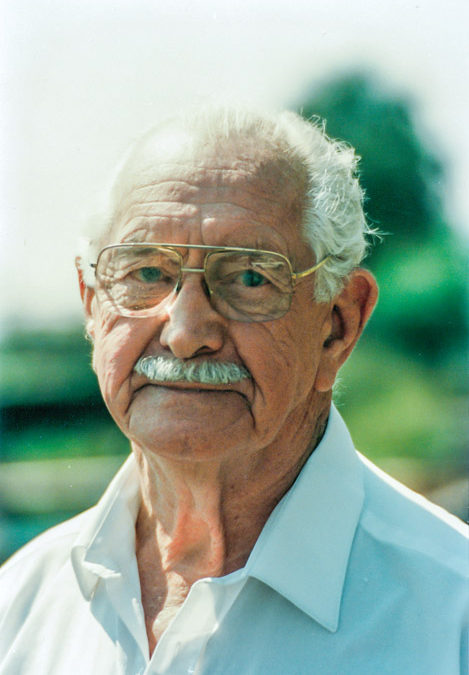
by Web Editor | Dec 27, 2012 | Update
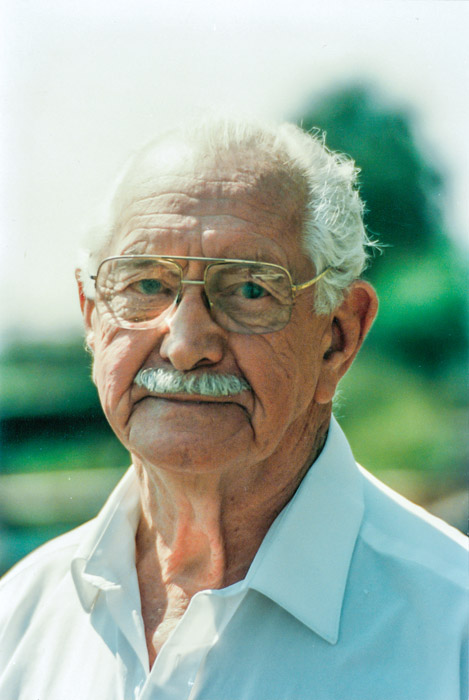 Harry (Bud) Calvert, a major participant in the plywood industry and principal of Calvert Manufacturing, died May 20. Calvert, a longtime resident of Oak Hill, Fla., was 97.
Harry (Bud) Calvert, a major participant in the plywood industry and principal of Calvert Manufacturing, died May 20. Calvert, a longtime resident of Oak Hill, Fla., was 97.
Calvert was born in Wantagh, NY in 1914. He studied aeronautical engineering at Tri-State College in Angola, Ind., and then worked for GMC Truck in Pontiac, Mich. In 1936, he entered the Boeing School of Aeronautics in Oakland, Calif. and until the end of World War II he worked for Boeing Aircraft in Seattle, Wash.; American Central Manufacturing in Connersville, Ind.; and Consolidated Vultee Aircraft at Allentown, Pa. and Fort Worth, Tex. His responsibilities ranged from student-riveter to inspection supervisor on the B-17 Flying Fortress, to chief inspector on the Dive Bomber and B24 Liberator components, to sheet metal foreman and assistant superintendent on the TBY Torpedo Bomber to engineering salvage supervisor and inspector on the B-36 prototype.
In 1946 Calvert moved to Boring, Ore. and started Calvert Machine Service as a one-man machine and welding shop, working mostly in the sawmill trade. He bought Preston Woodworking Machinery of Preston, Ontario in 1958. Preston was a full dealership for Coe Manufacturing.
In 1962, Calvert became a consultant in development and troubleshooting for Coe worldwide, and spent six months in residence at the new U.S. Plywood-Temple Industries mill in Diboll, Tex. Calvert designed a hydraulic servo operated backup roll for the mill.
Calvert left Coe and in 1975 moved to Longwood, Fla. and started Calvert Manufacturing as a job shop, which expanded into specialty replacement and upgrading of machines common to southern pine plywood production such as chargers, carriage elements and other lathe parts. Calvert also developed new technologies such as wide contact backup rolls, knife edge roundup sensing technology and floating pressure bar technology.
Calvert was known as a free spirit and led an adventurous life. He made his first attempt at hang gliding at Kitty Hawk on his 80th birthday. He had a lifelong passion for flying and a great love of nature and animals.
The monthly Panel World Industry Newsletter reaches over 3,000 who represent primary panel production operations.
Panel World is delivered six times per year to North American and international professionals, who represent primary panel production operations. Subscriptions are FREE to qualified individuals.
Complete the online form so we can direct you to the appropriate Sales Representative. Contact us today!
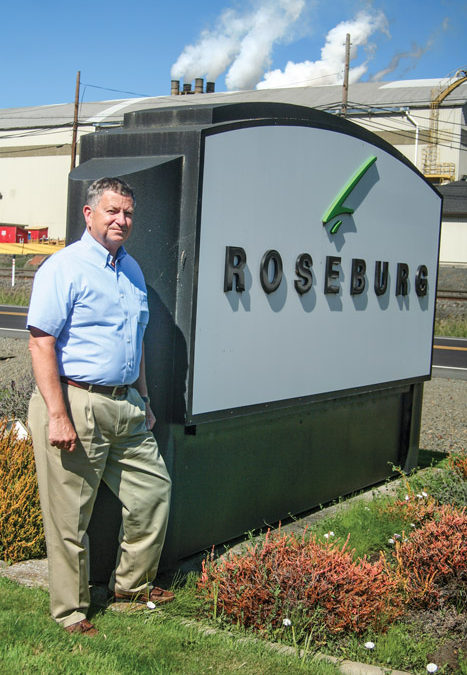
by Web Editor | Dec 27, 2012 | Taking Stock
‘Pure Agony, Pure Joy, Nothing In Between’
Article by Rich Donnell, Editor-in-Chief, Panel World (2012)
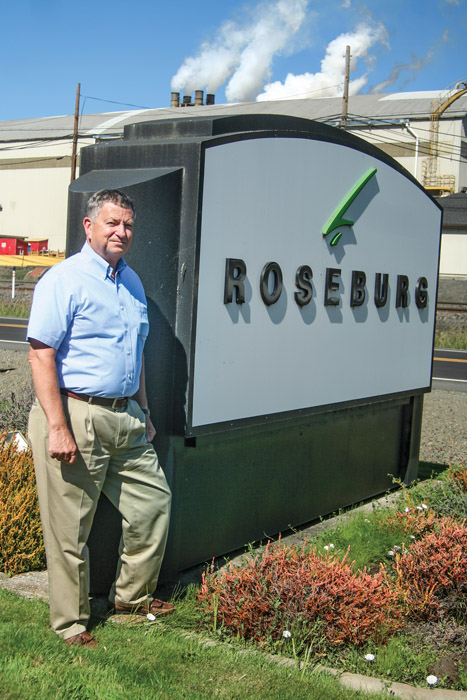 As usual, APA’s annual meeting was an enlightening and festive affair, held on Amelia Island, Florida. Keynote speaker and financial analyst Ron Insana gave everybody reason for hope (see page 66), but the real treat in my book was the brief talk given by Allyn Ford, president and CEO of Roseburg Forest Products.
As usual, APA’s annual meeting was an enlightening and festive affair, held on Amelia Island, Florida. Keynote speaker and financial analyst Ron Insana gave everybody reason for hope (see page 66), but the real treat in my book was the brief talk given by Allyn Ford, president and CEO of Roseburg Forest Products.
APA presented Ford the 2012 Bronson J. Lewis Award for leadership and outstanding contribution to the engineered wood products industry. Ford has served as president and CEO of Oregon-based Roseburg Forest Products since 1997, assuming the role after the death of his father, founder Kenneth Ford. Roseburg Forest Products is one of the largest producers of softwood and hardwood plywood and LVL/I-joist. Ford and his wife Cheryl’s philanthropic and charitable endeavors are too many to list here.
Speaking of the industry, Ford said, “It’s a very special fraternity, a very different group of people. We suffer through these cycles, pure agony, pure joy, nothing in between. These extremes create a different type of culture, thick skin, stubborn, but also (a sense of) humility.”
Ford noted that he has made a lot of mistakes, but that you can’t sit still, and you continue to “bet the farm” every cycle. He said he’s been through six such cycles.
Regarding the latest one, Ford said, “The great recession has been painful. It’s left a few scars. But (now) we have a recovery. We’re seeing (positive) changes in the economy and certainly in our industry.”
Meanwhile, Ford said, “The restructuring of our industry, a new generation coming on…This is a time of great opportunity.”
Ford asked aloud, “Why don’t I retire?” He answered, with a smile, that he feels tremendous satisfaction in being able to say he owns a wood product business that has surpassed 75 years in longevity. “We can still shake hands and cut a deal,” he said. “There’s great faith and honesty in our industry.”
When Ford said, “it’s been fun,” I became concerned that he was about to say he was bowing out. But he followed with, “I’ve got two or three years left, much to the disappointment of my managers (at Roseburg).”
It troubles me when industry loses its great people to retirement. Maybe we can convince Ford to put in another 10.
RELATED ARTICLES
2020 APA SAFETY AND HEALTH AWARD WINNERS ANNOUNCED
APA SELECTS NEW PRESIDENT
APA NAMES NEW DIRECTOR OF QUALITY SERVICES
The monthly Panel World Industry Newsletter reaches over 3,000 who represent primary panel production operations.
Panel World is delivered six times per year to North American and international professionals, who represent primary panel production operations. Subscriptions are FREE to qualified individuals.
Complete the online form so we can direct you to the appropriate Sales Representative. Contact us today!
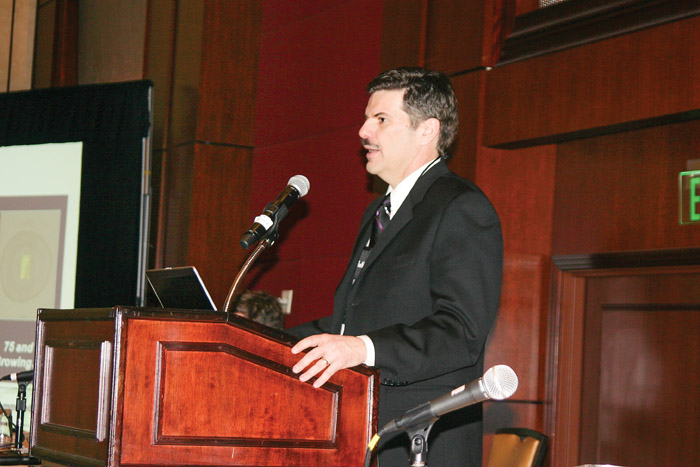
by Web Editor | Nov 2, 2012 | Update
Allyn Ford, president and CEO of Oregon-based Roseburg Forest Products, announced the promotion of Grady Mulbery to Vice President of Manufacturing for the company. In this newly created position Mulbery will oversee all manufacturing facilities throughout the company, including composites, lumber, engineered wood, plywood and veneer.
Mulbery joined Roseburg in January 2011 as the Vice President of Manufacturing for the composite panel business. Prior to joining Roseburg, he was with SierraPine LTD and has held positions with Weyerhaeuser and Willamette Industries as director of operations, regional manager, general manager and plant manager and has extensive experience in particleboard, medium density fiberboard and laminated-veneer lumber (LVL) operations. He has also been responsible for research and development efforts in the area of wood/plastic composite products.
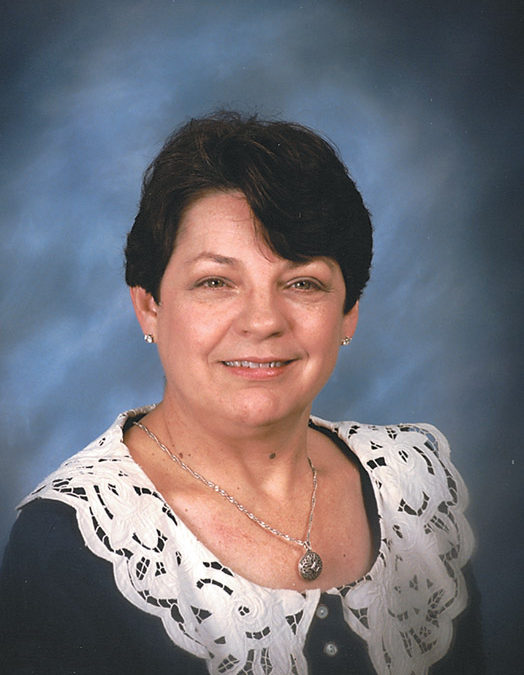
by Web Editor | Nov 2, 2012 | Taking Stock
Story by Jennifer McCary,
Senior Associate Editor
Next spring will mark five years since Louisiana-Pacific started up what was to be its flagship OSB facility just a few miles from my home in Thomasville, Ala. It was a pretty big deal for the folks in our rural forestry-based economy. However, the anticipated prosperity that the company’s investment was to bring did not happen. A tragic accident within weeks of startup followed by the housing/economic meltdown that fall ushered in the “Great Recession.”
The mill has never re-opened, but it has also never been permanently mothballed. Word is the company plans to re-open when market conditions meet certain milestones indicative of a sustainable marketplace. Only then would it be feasible to make the multi-million dollar investment necessary to bring the plant online. Meanwhile, LP has announced several pre-startup job openings at Thomasville.
The folks in Clarendon, SC have also been waiting for a new OSB plant built around that same time period to go online. Grant Forest Products started the construction project there but ended up filing bankruptcy before it was finished. Georgia-Pacific bought it and two other Grant facilities. They completed plant construction in 2011 in anticipation of a December startup. But the bump up in OSB markets was short-lived so startup was pushed back. Recently, however, GP announced it was ready to ramp-up production.
Housing starts in 2012 have begun to show some life, and since housing generates nearly half of all OSB demand, manufacturers are hopeful this could be the start of a steady, ongoing recovery for the industry. APA-The Engineered Wood Assn. projects a 20% increase this year over 2011’s housing starts and another 18% increase in 2013, bringing the total up to 865,000 in 2013. Other associations are even more bullish in their estimates.
A number of other panel mills are also investing in new versatile systems and technologies that will allow them to diversify away from commodity products that are so dependent on housing. Diversifying allows added flexibility to be able to add or change specialty products as needed. That’s a trend that probably will continue as producers develop and capture market share by tailoring the product to a customer’s needs, similar to what we’ve seen in lumber markets in recent years.
A lot has changed while industry production has been curtailed which will present a number of challenges as we begin to ramp-up. For one thing, the industry is struggling to gain fair treatment by various building codes and standards such as the International Energy Conservation Code, some green building requirements and more stringent regulations on formaldehyde emissions and MACT rules.
Another issue that will probably blossom as the economy strengthens is an imbalance between labor demands and the availability of a qualified, willing workforce. Even with high unemployment, many people I visit in the forest products industry are finding it hard to hire qualified workers. They tell me it is not just a matter of skills. The real problem is a lack of motivated work ethics, especially among the younger generation, though not exclusively. However, there is nothing more motivating than an empty stomach.

by Web Editor | Aug 21, 2012 | Update
Multiple fingerjointing lines and edge gluing production will be part of a $250 million wood processing complex to be built in Winslow, Ariz. by Pioneer Associates, based in Billings, Mont.
The project will also comprise a small log sawmill along with 20 dry kilns for the production of pine lumber that is to be fingerjointed, edge glued and otherwise engineered into door products, window frames and furniture components. The complex is expected to employ 280 while adding another 160 jobs related to logging. The operation will receive 115 truckloads of logs daily.
Pioneer Associates recently received a federal government contract to thin 300,000 acres over 10 years as part of the the federal Four Forests Resource Initiative (4FRI), which aims to restore 2.4 million acres of ponderosa pine timberland on the Cococino, Kaibab, Apache-Sitgreaves and Tonto national forests.
The new sawmill in north central Arizona will utilize an innovative batch processing concept from Adco-Designs. While traditional batch systems have sorted incoming logs by diameter to reduce throughput and saw set variation, the concept here is to scan, optimize and process logs through primary breakdown, then sort cants into “solution” batches that will allow downstream machines to maintain constant sets per the solution being sawed.
According to Adco’s Rich Landers, the system will allow machine centers to run slower and more accurately while also maintaining production due to the lack of gaps between individual pieces. “It will be more like a ribbon-cutting system, with thin kerfs and slower speeds,” he says.
The operation will utilize stems smaller than 14 in., while larger logs are scheduled to go to Precision Pine & Timber in nearby Heber, though large logs are expected to only make up 3% of overall volume.
In addition to using its fiber waste to generate steam for the kilns, heat for the mill and power production, Pioneer Associates plans to construct an adjacent biofuels production facility.
Pioneer has already been in project discussions with Concord Blue Energy, a Las Vegas-based subsidiary of a German waste management company that specializes in turnkey general contracting and engineering for the implementation of waste to energy projects, and offers its own gasification and combustion technologies.
Pioneer Associates won the thinning award with a $6.3 million bid. This created some controversy because another company, Arizona Forest Restoration Products (AZFRP), offered $15 million. AZFRP planned to build an oriented strandboard plant. Pioneer apparently won the award because its wood products operation is not expected to be so commodity-driven while also bringing along an environmentally correct biofuels plant.
However, AZFRP noted after the award announcement that Pioneer’s products will be destined for the same housing and commercial construction markets as AZFRP’s products would have been. Company officials also questioned how the government could regard as low risk a proposed cellulosic biodesel plant as a viable project “when apparently not a drop of cellulosic biodiesel has ever been produced outside of a research facility.”
Pioneer Associates hopes to begin site development by the end of this year and start up the sawmill by late summer next year, with the biofuels plant to come a little later. Pioneer has unsuccessfully shopped its small log production complex concept in Canada and New Mexico in the past, but a lack of sufficient timber supply turned away those efforts.
Ongoing drought conditions and overstocked forests have combined to heavily impact Arizona, where several major forest fires have occurred the past few years. Federal officials in the region had long seen the need for forest health restoration efforts, but with no new funding and a severely limited market for the small timber and other barely merchantable forest residuals, a new approach was needed to create economically viable forest products capacity to handle the low-grade material resulting from timber stand management activities.
As 4FRI team leader Henry Provencio notes, “We asked industry what was needed for them to move back to northern Arizona. The reply was a long-term commitment of supply, sufficient to meet the investment we are asking them to make. In order for us to meet that kind of commitment and meet the restoration needs of our forests, we had to go big.”

 Harry (Bud) Calvert, a major participant in the plywood industry and principal of Calvert Manufacturing, died May 20. Calvert, a longtime resident of Oak Hill, Fla., was 97.
Harry (Bud) Calvert, a major participant in the plywood industry and principal of Calvert Manufacturing, died May 20. Calvert, a longtime resident of Oak Hill, Fla., was 97.

 As usual, APA’s annual meeting was an enlightening and festive affair, held on Amelia Island, Florida. Keynote speaker and financial analyst Ron Insana gave everybody reason for hope (see page 66), but the real treat in my book was the brief talk given by Allyn Ford, president and CEO of
As usual, APA’s annual meeting was an enlightening and festive affair, held on Amelia Island, Florida. Keynote speaker and financial analyst Ron Insana gave everybody reason for hope (see page 66), but the real treat in my book was the brief talk given by Allyn Ford, president and CEO of 

